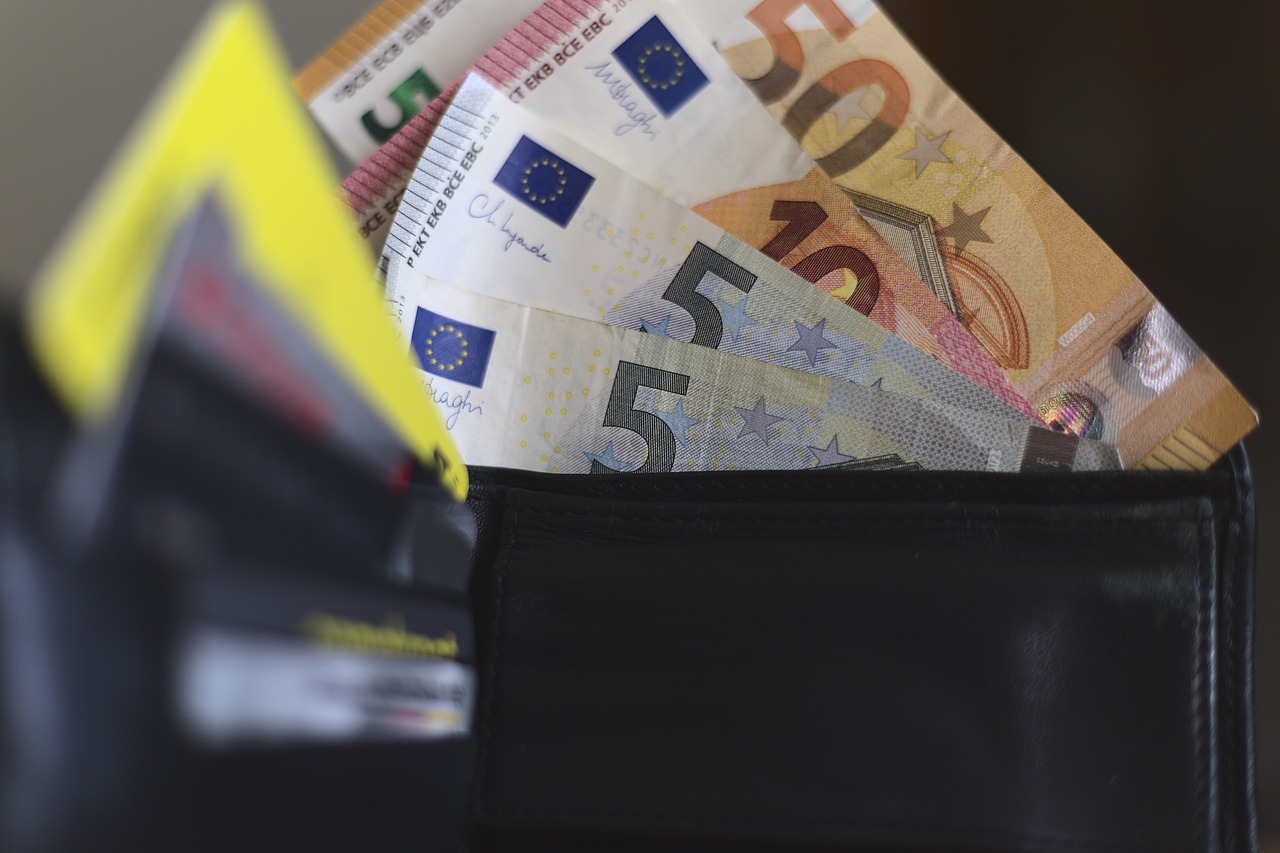Unlocking the Ins and Outs of Sending Money from Debit Card to Debit Card: Everything You Need to Know!
GPT_Global - 2024-01-30 18:30:07.0 432
What information do I need to provide in order to send money from debit card to debit card?
If you are looking to send money from one debit card to another, there is some important information you need to provide in order to initiate the transaction. First and foremost, you will need to have the debit card number and expiration date for both the sending and receiving cards. This will ensure that the funds are successfully transferred to the correct account.
In addition to the card details, you will also need to provide the name and billing address associated with each card. This is necessary for security purposes and to confirm the identity of the cardholder. Some remittance businesses may also require a valid government-issued ID in order to complete the transfer.
Another important piece of information to provide is the amount of money you wish to send. It is crucial to double check this amount before initiating the transaction, as any mistakes could result in incorrect transfer amounts or fees. If you are unsure of the exact amount, it is best to round up to ensure that there are enough funds to cover any potential fees.
Lastly, you may also need to provide a reason for the transfer. This could be for personal use, such as sending money to a friend or family member, or for business purposes. Some remittance businesses may also ask for additional details about the recipient, such as their full name and contact information, for further verification.
Overall, providing accurate and complete information when sending money from debit card to debit card is essential to ensure a smooth transaction. By having all the necessary information on hand, you can avoid any delays or complications and successfully transfer funds to your desired recipient.

Is it possible to schedule recurring transfers from my debit card to another debit card?
Scheduling recurring transfers from one debit card to another can be a convenient and hassle-free way to manage your money. With this option, you no longer have to manually initiate transfers each time you need to send money to another debit card. This can be especially useful for remittance businesses, where regular transfers are a common occurrence.
Many banks and financial institutions now offer the option to set up recurring transfers from a debit card to another debit card. This can be done through their online banking portals or mobile apps, making it easy and accessible for users to schedule transfers at their convenience.
One of the key benefits of scheduling recurring transfers is the convenience it offers. By setting up automatic transfers, you no longer have to remember to initiate transfers each time. This can save you time and effort, as well as ensure that your transfers are always on time.
Additionally, recurring transfers provide a sense of security and consistency. You can rest assured that the transfer will be made on the specified date and amount, reducing the risk of human error. This can be particularly beneficial for remittance businesses, as timely transfers are crucial for their operations.
It's important to note that fees and transaction limits may apply when scheduling recurring transfers from a debit card to another debit card. It's recommended to check with your bank or financial institution for any applicable charges.
In conclusion, scheduling recurring transfers from a debit card to another debit card is a convenient and efficient way to manage your money. This option can be especially useful for remittance businesses, allowing for timely and consistent transfers without having to manually initiate them each time. However, it's important to consider any fees or limits before setting up recurring transfers.
Are there any restrictions on sending money internationally from debit card to debit card?
Sending money internationally has become more convenient than ever with the use of debit cards. It allows users to transfer funds quickly and securely from one account to another. However, there are several restrictions to consider when using debit cards for international remittance.
Firstly, the recipient's country may have certain regulations on the amount of money that can be received through a debit card transaction. This means that the sender must be aware of the maximum limit allowed for foreign transfers in that particular country. It is important to check with the recipient or their bank beforehand to avoid any issues.
Another restriction to keep in mind is the currency exchange rate. When sending money from a debit card, the funds will be converted into the recipient's local currency. This could result in additional fees and a lower exchange rate, which may affect the final amount received by the recipient. It is advisable to do some research on the current exchange rates and compare them with the fees charged by different remittance providers to find the best option.
Additionally, the sender's bank may impose limits on international transactions made with a debit card. This is to prevent fraud and protect the account holder's funds. It is recommended to inform the bank about the upcoming international transfer and ask about any restrictions or charges that may apply.
In some cases, debit cards may not be accepted by the recipient's bank or financial institution. This may be due to compatibility issues or policies set by the bank. In such situations, alternative methods such as bank transfers or online remittance services can be used instead.
Lastly, it is crucial to ensure the accuracy of the recipient's debit card information before making the transfer. Any incorrect details, such as the card number or expiration date, can result in delays or even rejection of the transaction. This could also lead to additional fees or penalties for the sender.
Overall, using a debit card for international remittance has its restrictions and limitations. It is important to be aware of these factors and plan accordingly to ensure a smooth and successful transfer of funds.
What happens if there are insufficient funds in my account when I try to transfer money from my debit card?
What to Do if You Don't Have Enough Funds in Your Account for a Debit Card Transfer
Transferring money from one account to another has become easier with the use of debit cards. However, this convenience can quickly turn into a frustrating situation if there are insufficient funds in your account. So, what can you do in this scenario?
If you try to transfer money from your debit card and there are not enough funds in your account, the transaction will be declined. This means that the recipient will not receive the desired amount and you may incur overdraft fees from your bank.
The first step to take is to check your account balance before attempting to make a transfer. It is always recommended to have a buffer amount in your account to avoid any unexpected expenses or transfers.
If you do not have enough funds in your account, you can try to transfer a smaller amount or postpone the transfer until you have sufficient funds available. This will prevent your transaction from being declined and save you from any potential fees.
If postponing the transfer is not an option, you can consider using alternative methods of money transfer such as online remittance services. These services allow you to transfer money from your debit card to the recipient's bank account or mobile wallet without any hassle.
Another option is to link your debit card to a line of credit or overdraft protection. This will cover the amount of the transfer even if there are not enough funds in your account. However, it is important to note that there may be additional fees associated with this option.
In conclusion, if there are insufficient funds in your account when you try to transfer money from your debit card, it is important to check your balance beforehand and consider alternative methods of transfer. Planning ahead and having a buffer amount in your account can help avoid any potential issues and fees.
Can I use an ATM to transfer money from my debit card to another debit card?
Remittance businesses allow individuals to transfer money from one location to another, whether it is within a country or across borders. With the advancement of technology, there are now more convenient and efficient ways to transfer money, including using an ATM.
ATMs, or automated teller machines, are widely available in most countries and can be easily accessed by anyone with a debit card. They allow users to perform various banking transactions, such as withdrawing cash, checking balances, and even transferring money.
So, can you use an ATM to transfer money from your debit card to another debit card? The short answer is yes, but there are a few things to keep in mind.
Firstly, both debit cards must belong to the same bank or financial institution. Most ATMs only allow transfers between accounts within the same bank, so it is essential to check with your bank beforehand.
Secondly, you must have the necessary funds in your account to complete the transfer. If you do not have enough balance, the transaction will not go through, and you may face additional fees or penalties.
Lastly, there may be a limit on the amount you can transfer using an ATM. Each bank has its own set limit, which can range from a few hundred dollars to a few thousand dollars.
Using an ATM for money transfers can be a convenient option for those who do not want to go to a physical bank branch or do not have access to online banking services. However, it is essential to read the terms and conditions of your bank and understand any fees or limitations involved in using this method.
In conclusion, while it is possible to use an ATM to transfer money from one debit card to another, it is crucial to ensure that both cards belong to the same bank, have enough funds, and do not exceed the transfer limit. ATM transfers can be a quick and easy way to send money, but it is always best to explore all available options and choose the most suitable method for your needs.
About Panda Remit
Panda Remit is committed to providing global users with more convenient, safe, reliable, and affordable online cross-border remittance services。
International remittance services from more than 30 countries/regions around the world are now available: including Japan, Hong Kong, Europe, the United States, Australia, and other markets, and are recognized and trusted by millions of users around the world.
Visit Panda Remit Official Website or Download PandaRemit App, to learn more about remittance info.

